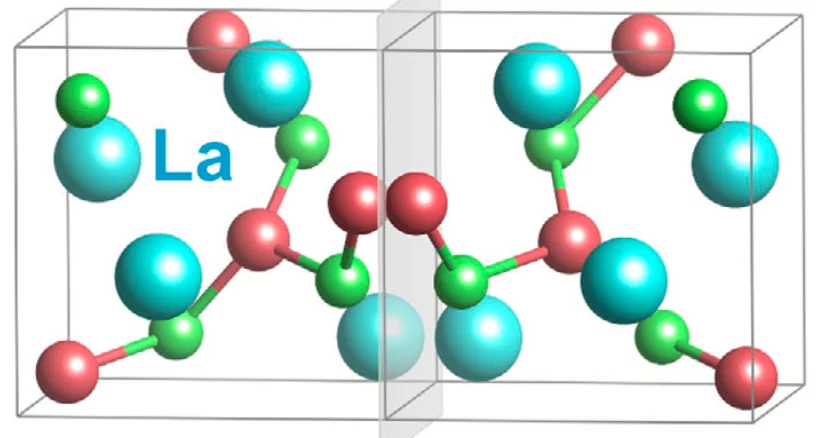Chiral crystals, whose key feature is the structural handedness, host exotic quantum phenomena driven by the interplay of band topology, spin-orbit coupling (SOC), and electronic correlations. Due to the limited availability of suitable chiral-crystal materials, their unconventional superconductivity (SC) remains largely unexplored. Here, the discovery of unconventional SC in the La(Rh,Ir)Si family of materials is reported by combining muon-spin spectroscopy, band-structure calculations, and perturbation theory. This family, characterized by a double-helix chiral structure, hosts exotic multifold fermions that are absent in other topological chiral crystals.
While LaRhSi behaves as a fully-gapped superconductor, the substitution of 4d-Rh by 5d-Ir significantly enhances the SOC and leads to the emergence of topological nodal-line SC in LaIrSi. The developed model shows that the nodal-line SC arises from an isotropic SOC with a specific strength. Such an exotic mechanism expands the conventional understanding of material candidates for unconventional SC, which typically rely on a significantly anisotropic SOC to promote the triplet pairing. The current work establishes a new type of phase diagram, which provides a comprehensive roadmap for identifying and engineering unconventional SC in chiral crystals. Furthermore, it calls for renewed investigations of unconventional SC in other widely studied superconductors with a chiral structure.



